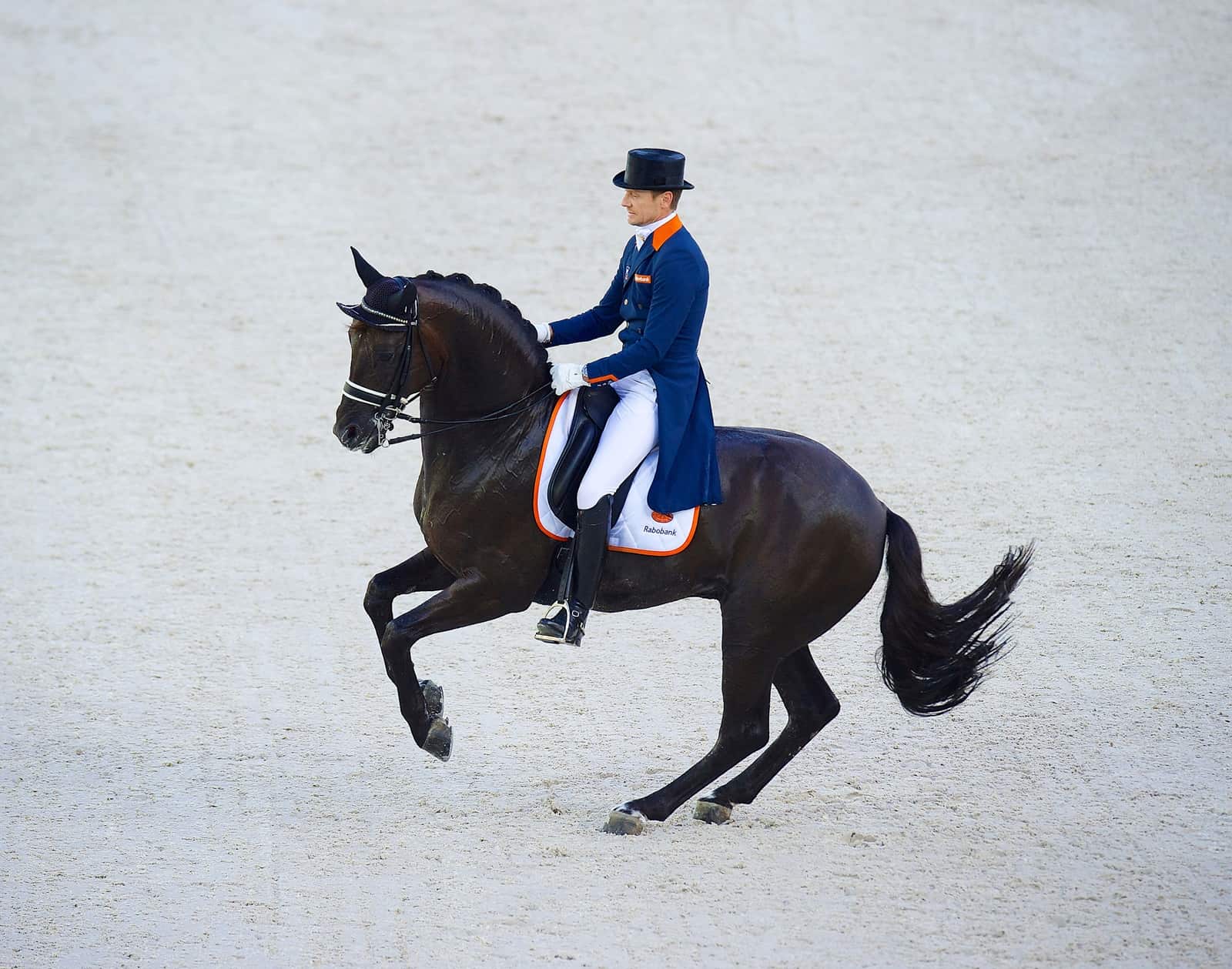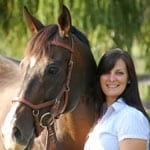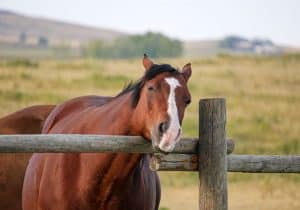Optimizing Dressage Horses’ Bodies for Peak Performance
- Topics: Anatomy & Physiology, Article, British Equine Veterinary Association, Conditioning, Dressage, English Disciplines, Feeding Fats, Feeding High-Performance Horses, Hoof Care, Horse Care, Injuries & Lameness, Injuries & Wounds, Ligament & Tendon Injuries, Ligament & Tendon Injuries, Muscle and Joint Problems, Musculoskeletal System, Respiratory System, Shoeing, Sports Medicine, Sports Nutrition, Vet and Professional, Warmup & Cool Down

When your dancing partner has four legs and a mind of his own, it’s not easy to perform at your best every time you enter the dressage arena. But riders can take steps to ensure their mounts’ bodies are ready to perform at their peaks when their turn in the spotlight comes.
At the 2014 British Equine Veterinary Association Congress, held Sept. 10-13 in Birmingham, U.K., Rachel Murray, MA, VetMB, MS, PhD, Dipl. ACVS, ECVS, MRCVS, reviewed factors that can cause poor performance in dressage horses and how riders can help keep their mounts performing at their peaks. Murray is the senior orthopedic advisor at the Animal Health Trust, in Newmarket, England; has served as a veterinary surgeon for the British dressage and show jumping teams; and is an upper-level dressage rider.
What are we Dealing With?
High-level dressage horses generally range in age from 8 to 16 years and are the result of substantial time and effort on the part of the rider, trainer, owner, and health care teams, Murray said. Thus, it’s no surprise that owners, riders, and trainers want to keep these horses competing as long as possible
Create a free account with TheHorse.com to view this content.
TheHorse.com is home to thousands of free articles about horse health care. In order to access some of our exclusive free content, you must be signed into TheHorse.com.
Start your free account today!
Already have an account?
and continue reading.

Written by:
Erica Larson
Related Articles
Stay on top of the most recent Horse Health news with















